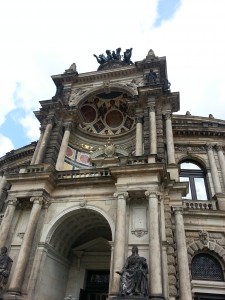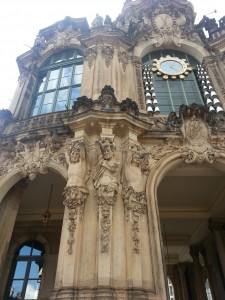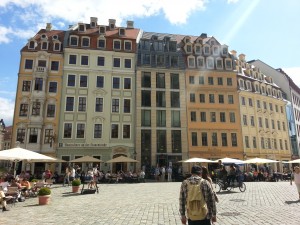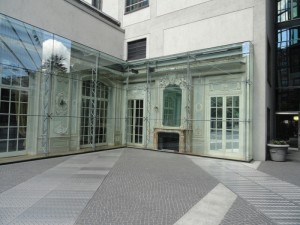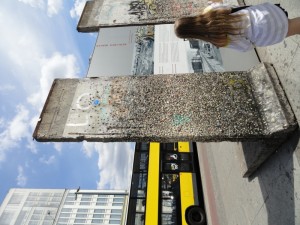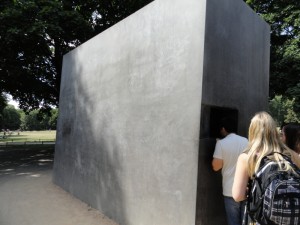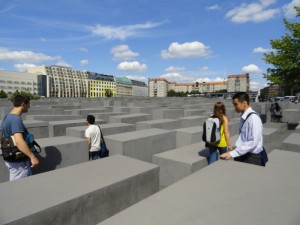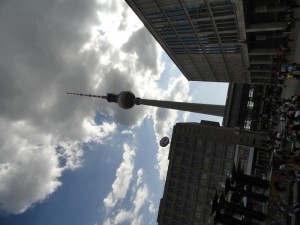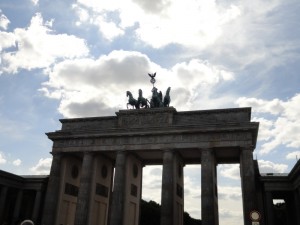I arrived home in a completely different state than when I arrived in Berlin. I had spent the month before Berlin on edge and in some ways isolated. Also I was exhausted after a 3 day trip to Berlin. Coming home the flight was quick and I had definitely unwound over the past month. I was seeing my wife for the first time in the past two months but I wasn’t anxious or caught off guard, it was a reassuring thought.
After arriving in Germany I adapted to my situation as quickly as possible and started doing “as the Romans did” but coming home it was a slower transition back to normalcy, and one that I fought against. I would say some short responses and phrases in German without even thinking about it. I spoke German in my sleep. I tried to carry on some of the cultural norms that I had picked up abroad but they gradually faded away (though not entirely) much to my chagrin, but that was inevitable because they don’t fit with the lifestyle I lead here.
Arriving in Berlin I forced myself to adapt as ragged and exhausted as I was and for the first few days and as a result I was mentally drained. Coming home I spent a day in bed then spent the next few weeks camping recovering from camping and preparing to go camping again so I just slipped into my old self naturally and I worry I lost a lot when I came home.

